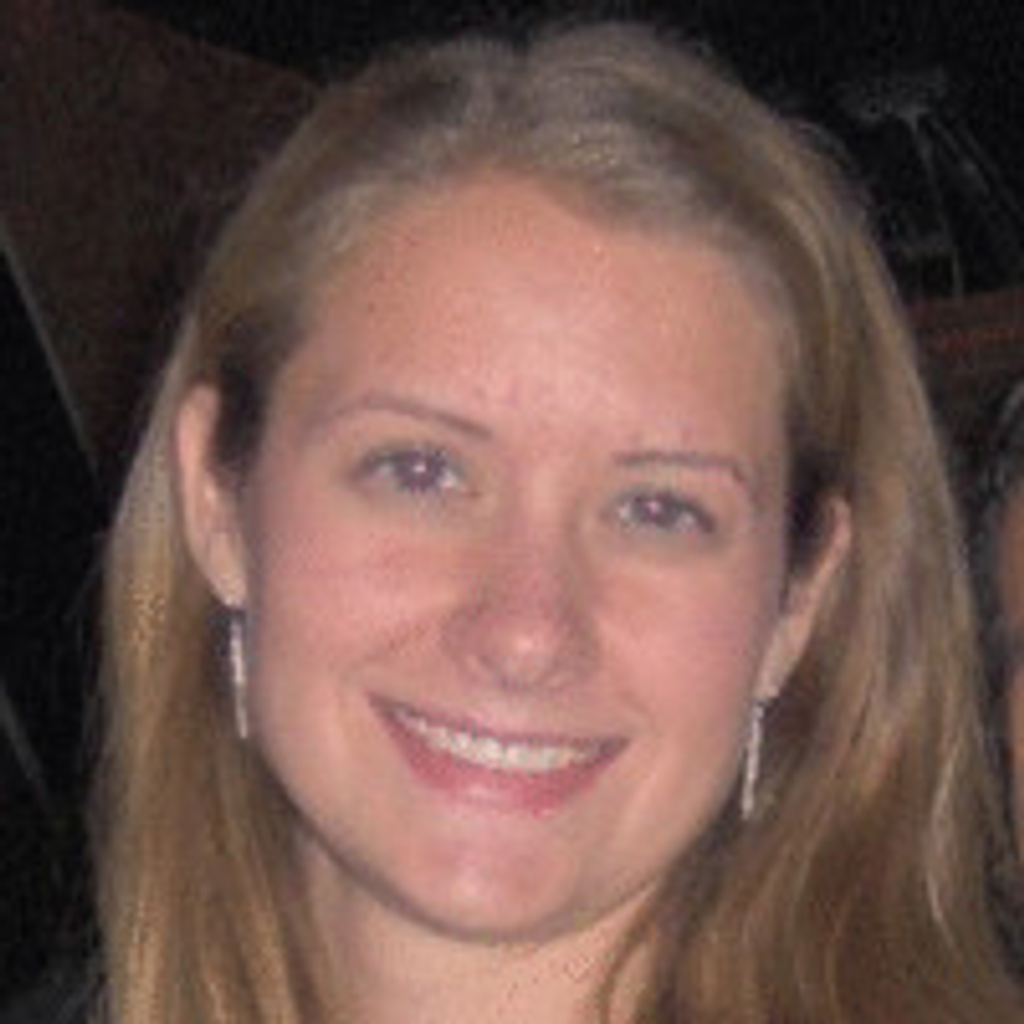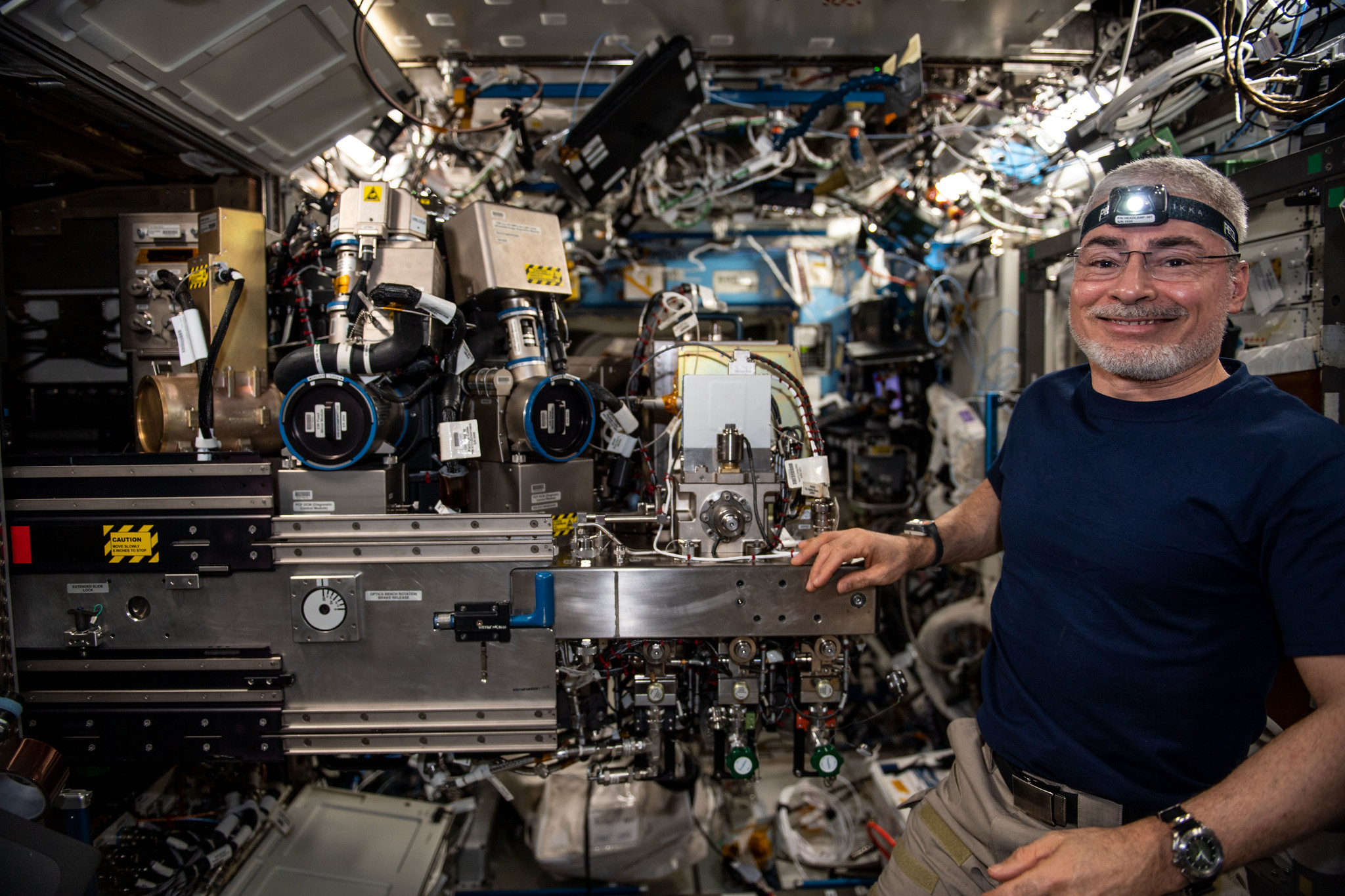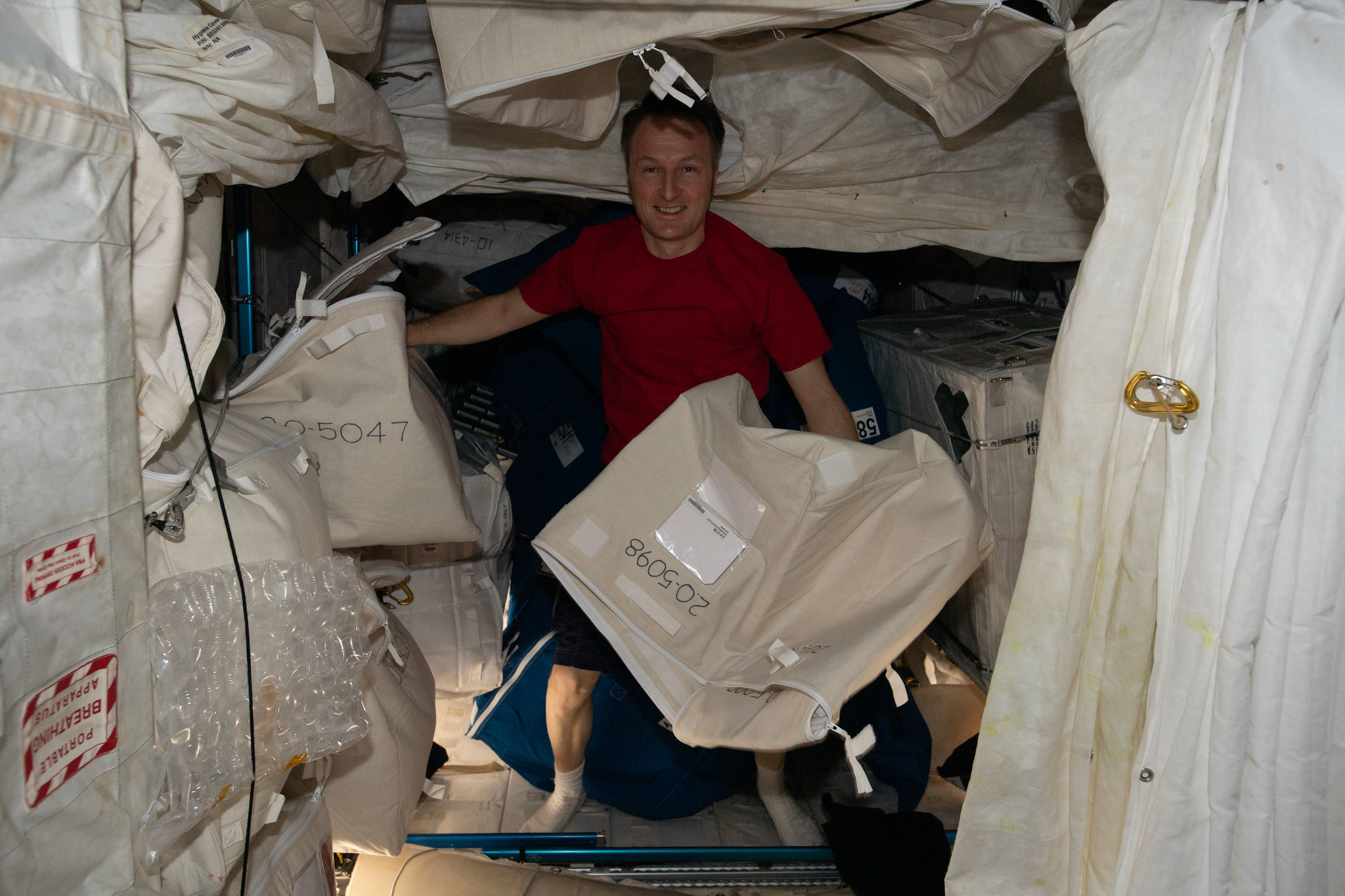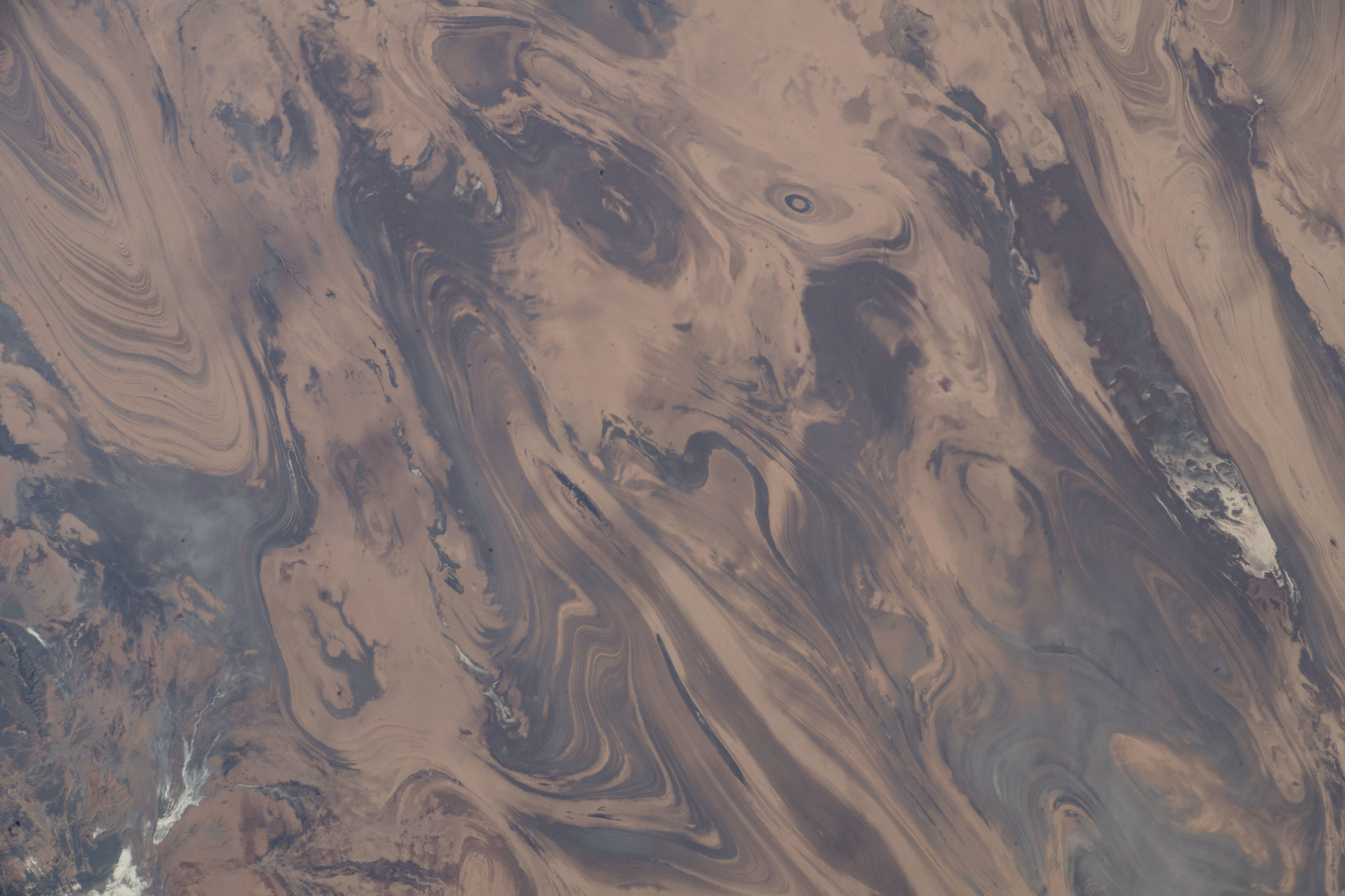[Lea la versión en español de este artículo]
Crew members aboard the International Space Station conducted scientific investigations during the week of Feb. 14 that included examining combustion and flammability, demonstrating a new wireless network infrastructure, and collecting data on human adaptation to space. Northrop Grumman’s 17th commercial resupply services mission delivering scientific investigations and technology demonstrations, supplies, and equipment aboard its Cygnus spacecraft is targeted for liftoff on Saturday, Feb. 19.
The space station, continuously inhabited by humans for 21 years, has supported many scientific breakthroughs. A robust microgravity laboratory with dozens of research facilities and tools, the station supports investigations spanning every major scientific discipline, conveying benefits to future space exploration and advancing basic and applied research on Earth. The orbiting lab also provides a platform for a growing commercial presence in low-Earth orbit that includes research, satellite services, and in-space manufacturing.
Here are details on some of the microgravity investigations currently taking place:
Answering burning questions
During the week, crew members continued reconfiguring the Combustion Integrated Rack (CIR) for SoFIE, hardware that enables a wide range of solid-material combustion and fire suppression studies. SoFIE initially supports five investigations, including SoFIE-MIST, examining thermally-assisted burning in microgravity, and SoFIE-GEL, which measures heating in a fuel sample to determine how fuel temperature affects material flammability. Results could improve understanding of early fire growth behavior, help inform selection of materials for future space facilities, and determine the best methods for extinguishing fires in space.
Wireless technology
Wireless Compose-2, an investigation from ESA (European Space Agency), demonstrates a wireless network infrastructure for sensor monitoring and data transmission to support scientific experiments in microgravity. The investigation includes an experiment examining the effect of the space environment on the cardiovascular system that could contribute to development of new technologies for monitoring the health of astronauts and people on the ground. Wireless Compose-2 also demonstrates new hardware that could enable precise control of free-flying robotic systems and identification of obstacles to operating such systems in environments comparable to the space station. During the week, crew members conducted troubleshooting in preparation for performing the investigation.
Measure this
Preparing for long-duration missions to other planets requires a set of consistent, meaningful data on how crew members respond to life in microgravity. Standard Measures collects a set of core measurements, including data on behavioral health and performance, cellular profiles and immunology, the microbiome, biochemistry markers, sensorimotor changes, and cardiovascular health. This consistent collection of data from crew members through the entire life of the space station aims to characterize adaptive responses to living and working in space, monitor countermeasure effectiveness, and support future research on planetary missions. During the week, crew members completed post-sleep questionnaires for the investigation.
Other investigations involving the crew:
- SQuARE studies objects and built spaces and how crew members use them over time. Results could contribute to better design for future spacecraft and habitats.
- Veggie PONDS uses a newly developed passive nutrient delivery system and the station’s Veggie plant growth facility to cultivate lettuce and mizuna greens. Results could improve our understanding of how plants respond to microgravity and demonstrate reliable vegetable production on orbit.
- JAXA’s JEM Water Recovery System tests a technology to increase the recovery of drinkable water from urine. Adequate water supply could be a limiting factor on future long-term missions, and this technology could be a vital part of the Environmental Control and Life Support System (ECLSS) on future spacecraft as well as provide water regeneration in dry regions or after disasters on Earth.
- Mochii demonstrates a miniature scanning electron microscope that images and measures particles on the space station in real time. Such particles can cause equipment malfunctions and threaten crew health, and currently, samples must be returned to Earth for analysis, causing delays in addressing possible risks.
- EarthKAM allows students to remotely control a digital camera mounted on the space station to take photographs of coastlines, mountain ranges, and other interesting features and phenomena on Earth. The EarthKAM team posts the images online, where they are available to the public and participating classrooms
- EasyMotion from ESA tests a suit worn during pre- and postflight exercise that provides Electro-Myo-Stimulation (EMS). It could save crew time and improve outcomes of inflight exercise on future space missions and in healthy populations on Earth.
- Actiwatch is a wearable monitor that continuously collects data on a crew member’s circadian rhythms, sleep-wake patterns, and activity during flight, beginning as soon as possible after arrival aboard the station.
- JAXA’s Hicari aims to verify a new method to grow high-quality crystals of silicon-germanium, a semiconductor material. This technology could support development of more efficient solar cells and semiconductor-based electronics.
- ISS Ham Radio provides students, teachers, parents, and others the opportunity to communicate with astronauts using amateur radio units. Before a scheduled call, students learn about the station, radio waves, and other topics, and prepare a list of questions on topics they have researched.
- Lumina, an ESA investigation, demonstrates a dosimeter using optical fibers that darken when exposed to radiation to monitor in real time the radiation dose received by crew members. Monitoring ionizing radiation is a key challenge for future longer-term space exploration, and a fiber-based dosimeter that provides real-time measurements could make it possible to anticipate potentially dangerous radiation flares and react to them properly.
For daily updates, follow @ISS_Research, Space Station Research and Technology News, or our Facebook. Follow ISS National Lab for information on its sponsored investigations. For opportunities to see the space station pass over your town, check out Spot the Station.
John Love, ISS Research Planning Integration Scientist
Expedition 66






























